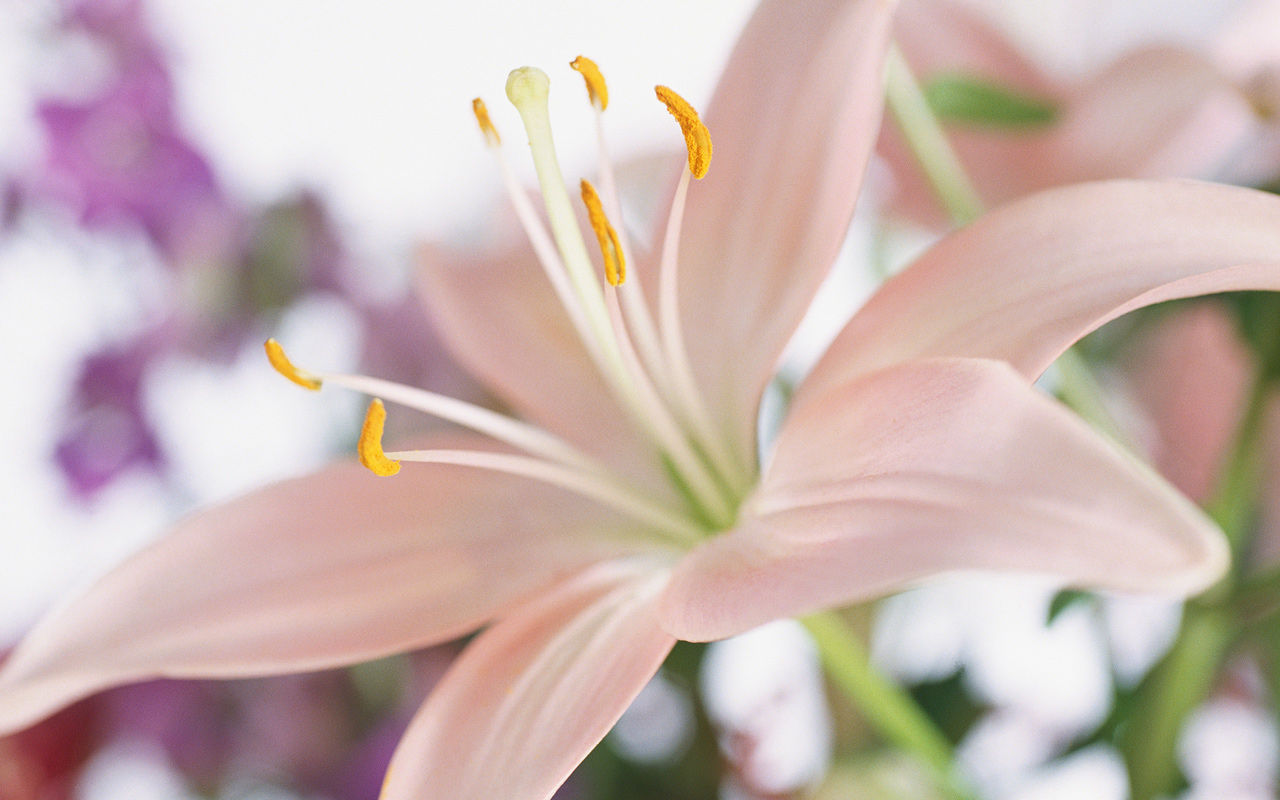A Surprising Influence on Beauty Standards
- Erica L. Bartlett
- Jun 15
- 3 min read
It’s no secret that for women in the U.S. to be considered beautiful, they’re expected to be thin. And generally speaking, the thinner the better.
This hasn’t always been the case historically or in other cultures, so why is that true here? I recently learned about one surprising reason – tuberculosis.
Romanticism of tuberculosis
I recently finished the book Everything is Tuberculosis by John Green, and I can now understand the title. Tuberculosis (TB) has been around for so long and has impacted so many lives that it’s influenced many things, including some you wouldn’t expect, like the Stetson cowboy hat and a focus on thinness.
In the 1800s, TB was called consumption and was very prevalent in the U.S. and Europe. That’s also when it became oddly romanticized. So many artists and writers died of TB that the disease was even thought to enhance creativity and artistic skills, and while people didn’t necessarily want to get sick, it also wasn’t thought of as negatively as you’d expect.
Beauty “enhanced” by illness
But the romanticism particularly came out in fashion and beauty standards because TB was considered a “flattering malady.” As Green wrote: “Patients with active tuberculosis became thin and pale with rosy cheeks and wide sunken eyes due to the low blood oxygenation and fevers that often accompany the disease, and these all became signals of beauty and value in Europe and the United States.”
In the early 1800s, European fashion standards even had a “consumptive chic” phase, which encouraged women to avoid both sunlight and physical exertion. That way, they could achieve the pallor and frailty of someone with TB.
Women also used belladonna to dilate their pupils, and they could find information in magazines on “how to apply red paint to the lips and cheeks to capture the hectic glow of consumptive fevers.”
When I read that, I couldn’t help thinking of Snow White, who was noted for having skin as white as snow and lips as red as blood. That sounds an awful lot like the “consumptive chic” Green described.

And even today, many women wear lipstick and rouge, and having pale skin is still often a mark of beauty.
A smaller body
The other significant impact of TB was the ideal of a tiny body as something to strive for. Even stranger is that people equate smaller bodies with health – and yet this focus came from the results of a terminal illness.
Green noted this too, saying how he’d found a comment on a video about TB that read: “As a fat person, I used to wish for a wasting disease like TB. It’s… messed up.”
Messed up, perhaps, but not surprising, either. Other comments replying to that shared thoughts of getting a tapeworm to lose weight. I can’t say I ever considered that, thankfully, but I can also understand the impulse. When there’s so much focus on physical appearance and being small, it can be tempting to try anything to get there.
Other people in the comment thread who became thin because of a terrible illness also noted that they often got complimented on their thinness, and I knew someone who experienced that. It’s a strange thing how often our society harps being overweight as a health concern, automatically assuming that being thin means being healthy, even though being underweight comes with a whole host of problems: low bone density, anemia, fatigue, impaired growth, and more.
As Green noted: “The idea of becoming sick in order to look healthy or beautiful speaks to how profoundly consumptive beauty ideals still shape the world we share.”
Changing perspectives
Learning all this has made me think a lot about our current beauty standards. Unfortunately, since they’ve been around for over two hundred years, I don’t expect them to change overnight.
But personally, I found it useful to understand where a lot of the emphasis on thinness and beauty ideals comes from. It helped me recognize (even more) how “messed up” those ideals are.
Knowing that doesn’t change the rest of the world, but it does help shift my internal perspective, to acknowledge that having a small body is not the only way to be beautiful or healthy, and I hope it helps you rethink some of those ideas, too.



























Comments